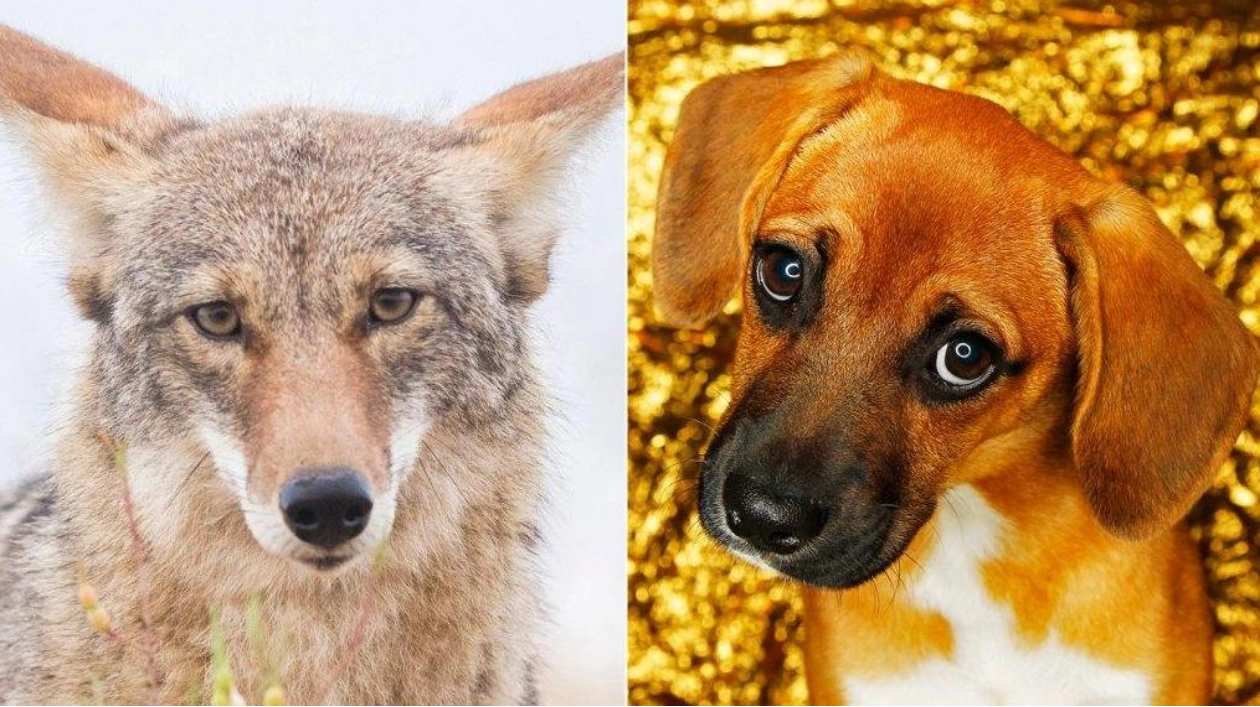Coyotes possess facial muscles that appear capable of producing the big-eyed, sad-puppy expression that dogs have employed to captivate human hearts for millennia. This discovery prompts a reevaluation of human history with dogs, according to biologist Patrick Cunningham of Baylor University in Waco, Texas, and his colleagues. Perhaps the relationship isn't solely about humans. Cunningham examined a small facial muscle known as the LAOM, located at the upper, outer side of each eye in 10 coyote cadavers from Texas. The LAOM in coyotes appears robust enough to lift the upper eyelids, creating the effect of extra-large puppy eyes, as reported by Cunningham and his team on October 2 in Royal Society Open Science.
Another research group, in April 2024 in Biology, found similar, albeit delicate, puppy-eye muscles in three coyote cadavers, suggesting this trait isn't unique to Texas coyotes. The muscles were identified in two coyotes from Pennsylvania and one from Oregon, according to Courtney Sexton of the Virginia-Maryland College of Veterinary Medicine in Blacksburg, Va., and colleagues.
Sarah Kienle, a comparative biologist who leads the Baylor lab where Cunningham conducts his research, describes the effect as "making them look cute." This expression, she explains, involves making the eyes appear larger without altering the eyeball's shape. Since 2019, researchers have debated how the evolution of these face muscles, which are so effective in manipulating humans, occurred during canine domestication. Undomesticated gray wolves (Canis lupus), despite being close relatives of domestic dogs (Canis familiaris), lack such musculature.
However, the narrative may be more complex. African wild dogs (Lycaon pictus) possess these "cuteness muscles," and now the Baylor team has shown that coyotes (Canis latrans) also have them. The wild use of these pleading expressions by coyotes remains unclear. This array of potentially puppy-eyed relatives for domestic dogs "changes the conversation," according to Kienle. The communicative power of the sad-puppy eye muscles seems "potentially more an ancestral trait rather than something that evolved specifically in the dog-human relationship."






